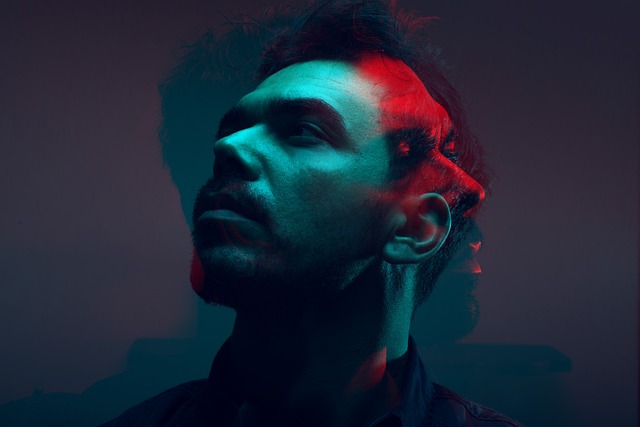Mastering Vignetting: A Guide to Creative Exposure Techniques
When it comes to photography, the elements of exposure can either make or break your image. Among these elements, vignetting stands out not just as a mere technical aspect, but as a creative tool that can breathe life and emotion into your photographs. In this exploration of vignetting, we’ll dive into the depths of how it shapes our visual storytelling and enhances the viewer’s experience.
What is Vignetting?
Vignetting refers to the gradual darkening of the corners of an image compared to its center. This effect can be a natural occurrence caused by lens physics or intentional, achieved through settings in-camera or during post-processing. Regardless of its origin, vignetting draws attention to the subject, creating an immersive focal point that commands engagement from the viewer.
The Emotional Impact of Vignetting
In photography, emotion drives connection. By manipulating exposure through vignetting, you can evoke feelings of nostalgia, warmth, or mystery. The soft edges created by this technique can help to isolate subjects from distracting backgrounds, allowing viewers to focus on the essence of the image. Whether capturing candid moments or staged compositions, this subtle nuance transforms ordinary scenes into extraordinary visual narratives.
Techniques for Effective Vignetting
Harnessing the power of vignetting involves understanding the techniques that can enhance your work without overwhelming it:
- Camera Settings: Some cameras offer built-in vignette settings that can be adjusted. Experiment with these to find the right balance.
- Post-Processing: Software like Adobe Lightroom allows you to add or reduce vignetting. Adjust the amount, midpoint, roundness, and feathering to sculpt your image’s edges.
- Lens Choice: Certain lenses produce natural vignetting. Take note of which ones create appealing effects that complement your style.
- Intentional Vignetting: Use vignetting to highlight specific areas. This deliberate approach can help guide the viewer’s eyes and invoke emotional responses.
Experimenting with Vignetting
Creative exploration is key to mastering vignetting. Don’t hesitate to push the boundaries of your comfort zone. Try different subjects, lighting conditions, and processing techniques. Some shots may call for a subtle vignette to enhance the mood, while others might benefit from a pronounced effect that creates drama. Document your findings and observe how variations in vignetting influence the storytelling in your images.
Incorporating Vignetting into Your Style
As you become more comfortable with vignetting, consider how it fits into your overall photographic style. Is it a tool for creating a dreamy aesthetic, or does it serve a functional purpose in your narrative? When used thoughtfully, vignetting can become an integral part of your artistic voice, setting your images apart and resonating with viewers on a deeper level.



